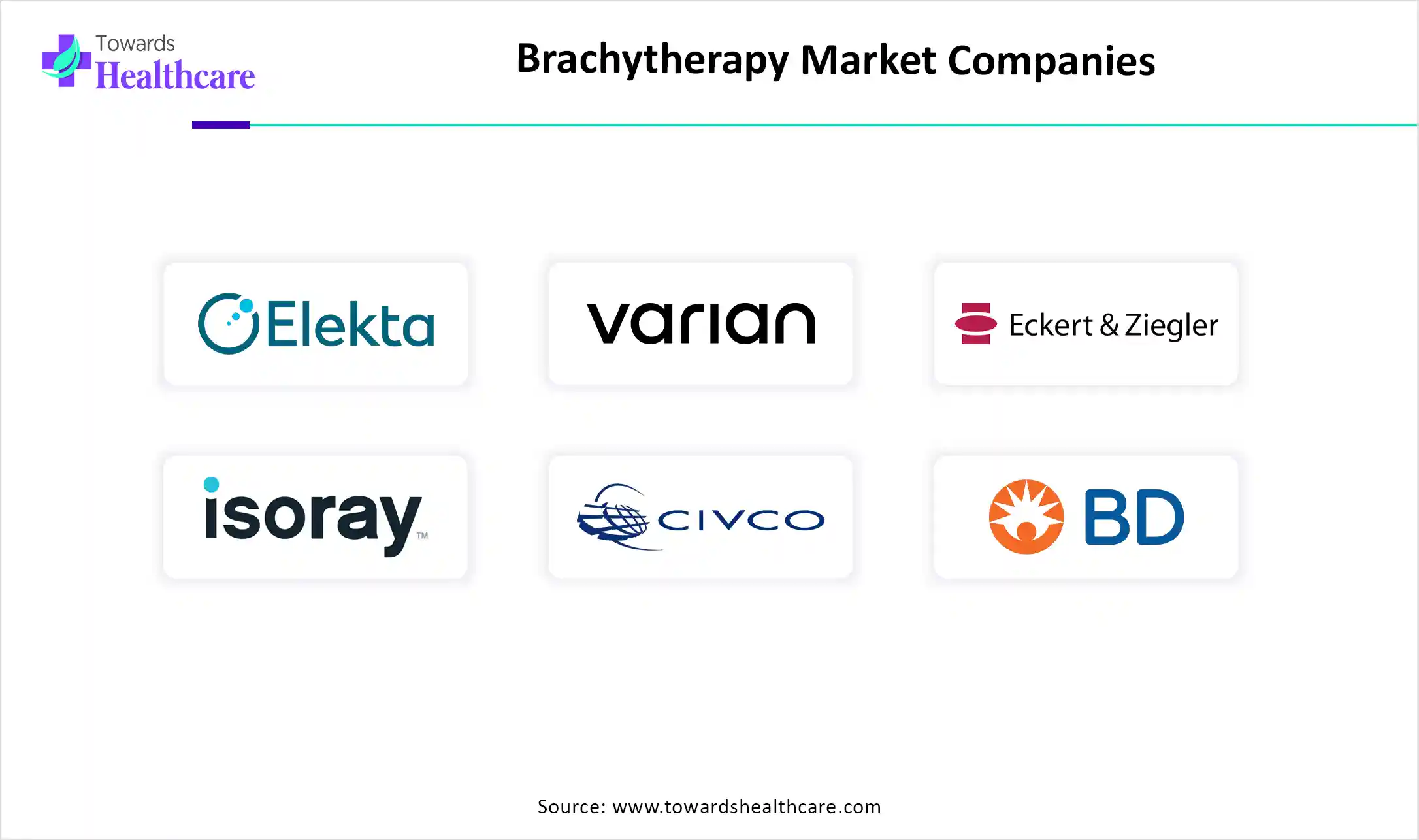

The global brachytherapy market size recorded US$ 1.04 billion in 2024, set to grow to US$ 1.12 billion in 2025 and projected to hit nearly US$ 2.10 billion by 2034, with a CAGR of 7.27% throughout the forecast timeline.
Collaborations and Partnerships – Strategic alliances between device manufacturers, research institutes, and healthcare providers facilitate innovation and wider market penetration.
Technological Advancements – Innovations in treatment delivery, imaging, 3D planning, and robotic-assisted systems improve precision and outcomes, boosting market adoption.
R&D- R&D in brachytherapy is advancing personalized cancer care through the use of AI, robotic systems, and advanced imaging to enhance dose precision and minimize side effects. Innovations include new radioactive isotopes, 3D-printed applicators, and intensity-modulated techniques to more accurately target tumors while protecting healthy tissue. Studies are also exploring combination therapies with chemotherapy or immunotherapy, aiming to improve effectiveness and overcome challenges like procedural invasiveness and the need for specialized clinical expertise.
Clinical Trials- Clinical trials in brachytherapy are increasingly targeting the development of advanced delivery systems, optimized treatment planning, and expanded applications for cancers such as prostate, cervical, liver, and breast. Typically led by academic institutions, these Phase 2 and 3 studies assess safety and effectiveness, focusing on improving patient outcomes while reducing side effects. Techniques like image-guided planning and high-dose-rate (HDR) brachytherapy are central to these trials, aiming to enhance precision and overall treatment efficiency.
Patient Support and Services- Patient support in brachytherapy involves thorough pre-treatment consultations with oncologists and nurses, personalized education on the procedure and potential side effects, and post-treatment guidance, including precautions around pregnant women and children. Care also includes dietary management, like a low-residue diet to ease bowel function, and the use of patient-reported outcome measures (PROMs) to track well-being, optimize recovery, and enhance the overall treatment experience.
In February 2025, Elekta unveiled an enhanced version of its Flexitron HDR brachytherapy platform, featuring a redesigned user interface and integrated real-time planning capabilities. This upgrade aims to streamline the treatment workflow, reduce potential errors, and improve overall efficiency in brachytherapy procedures. The new interface offers a logical workflow with intuitive system operation, providing more logic and fewer variables and the potential for error. Additionally, the system includes a treatment communication console that facilitates seamless interaction between clinicians and enhances the overall treatment experience.
Become a valued research partner with us, please feel free to contact us at sales@towardshealthcare.com